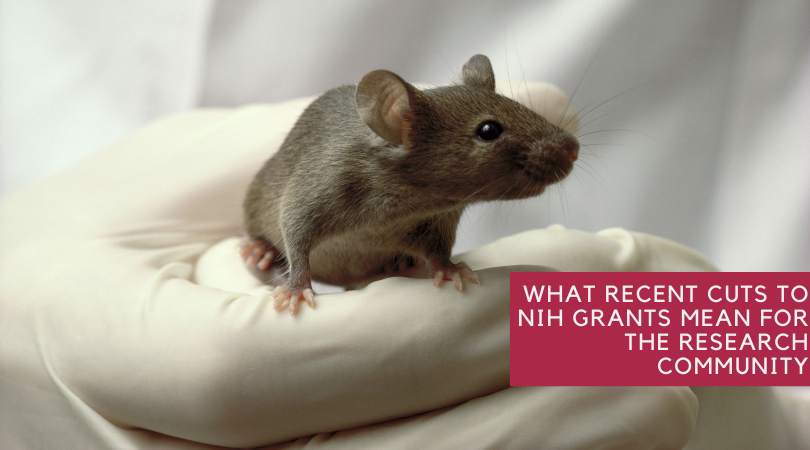New Research with Mice Could Lead to Treatment for Spinal Injuries and Paralysis Therapy
Posted on
Paralysis and spinal injuries have long been among the most challenging and devastating conditions for patients and healthcare providers. However, recent preclinical research offers potential breakthroughs in the field of spinal injury treatment and paralysis management.
Stem Cell Therapy
One of the most exciting areas of preclinical research in the field of spinal injuries is the use of stem cell therapy to regrow damaged neural tissue, which could restore lost motor and sensory function.
Previous studies have been able to regenerate nerve fibers after complete spinal cord injuries, but restoring motor function has proved more difficult.

In the latest study, a group of Swiss researchers investigated which type of neuron generates natural repair after a partial spinal cord injury and found that certain axons must not only generate but also reconnect to their natural targets in order for motor function to be restored.
Based on this discovery, the team developed a multistep gene therapy to restore motor function in mice with completely severed spinal cords. First, they activated the growth of the necessary neurons to regenerate nerve fibers, then they used guidance molecules to direct the nerve fibers to the correct locations.
After the treatment, the mice were able to walk again, with normal gait patterns. While much work remains to determine if the treatment will work in humans, it does offer hope that people with complete spinal cord injuries may someday walk again.
Electrical Stimulation
Some preclinical studies have focused on electrical stimulation techniques to facilitate recovery from spinal cord injuries.
One recent study identified the nerve cells that are altered during electrical stimulation used to restore the ability to walk.
The study used epidural electrical stimulation to restore the ability to walk in nine people with “permanent” paralysis. The researchers then worked with mice with similar spinal cord injuries, tracking the gene activity in the spinal cord neurons of the mice to see which ones were responding to the electrical stimulation.
They found that a group of lumbar interneurons that expressed a gene called Vsx2 were key to enabling the mice to walk again after spinal injury. When those neurons were deactivated, the mice again lost the ability to walk despite the continued application of electrical stimulation.
The discovery could lead to more targeted treatments for patients with spinal injuries.
A New Drug for Spinal Repair
A team of researchers at the University of Edinburgh tested more than 1,000 drugs for their ability to repair spinal cord damage and found that one—cimetidine—was able to improve spinal repair in zebrafish and mice.
Inflammation plays a significant role in the secondary damage that occurs after a spinal cord injury, and other studies have tested various anti-inflammatory drugs to minimize tissue damage and create a more favorable environment for neural repair.
In the University of Edinburgh study, scientists found that cimetidine helps restore levels of histamine, which plays a key role in inflammation.
The results could point to a new way to promote recovery after spinal cord injury, though the effect must still be tested in humans.
A New Tool to Study the Spinal Cord
One of the challenges of developing treatments for spinal injuries is the difficulty in accessing and studying the spinal cord. Researchers at Rice University are working on a new tool that could facilitate the process.
Using a grant from the National Institutes of Health, the team is developing nanoelectric threads (NETs) to gather data from neurons in the spine. NETs have already been used to collect data from the neurons in the brain.
The new tool could give researchers a better understanding of how the spinal cord functions, which could lead to new therapeutic approaches.
The Connection Between Aging and Spinal Cord Injuries
A recent study found that the ability of the immune system to respond to spinal cord injuries diminishes with age.
Researchers at the University of Virginia determined that the immune systems of young mice mount a much stronger response to spinal cord injuries than those of older mice.
They also found that the membranes surrounding the spinal cord play an essential role in the immune system’s response to spinal cord injuries, and that meningeal lymphatic “patches” form above the site of spinal cord injuries.
The findings have yet to lead to definitive treatment options, but they have opened up new research avenues that could result in new ways to repair spinal injuries.